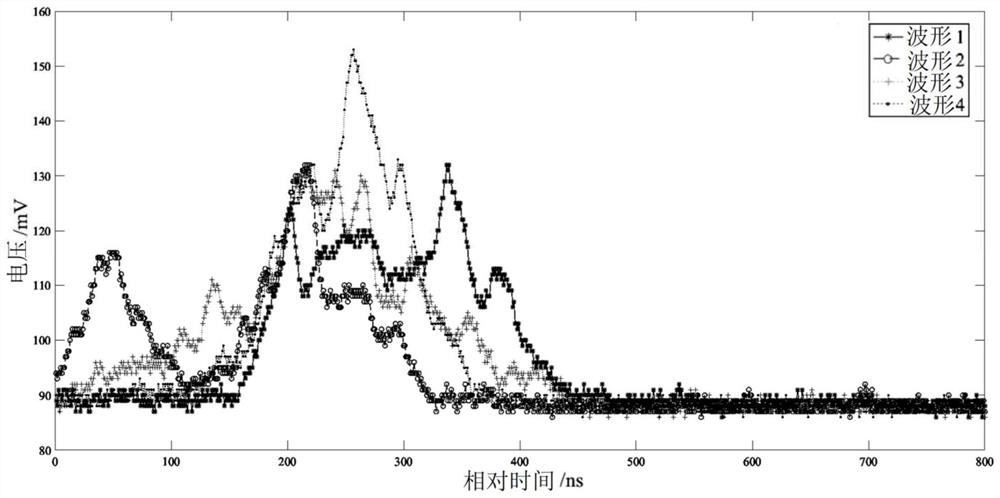Self-adaptive empirical mode decomposition denoising method for satellite-borne full-waveform signals
An empirical mode decomposition and full waveform technology, which is applied in the re-radiation of electromagnetic waves, radio wave measurement systems, and the use of re-radiation, can solve the problem of effective signal loss and achieve high signal-to-noise ratio and avoid loss.
- Summary
- Abstract
- Description
- Claims
- Application Information
AI Technical Summary
Problems solved by technology
Method used
Image
Examples
Embodiment Construction
[0080] The following drawings describe the present invention in detail in combination with specific embodiments.
[0081] Such as figure 1 As shown, the present invention provides an adaptive empirical mode decomposition denoising method (abbreviated AEMD method) of a spaceborne full waveform signal, which comprises the following steps:
[0082] Step S1: Acquiring a noisy full waveform signal;
[0083] Step S2: Perform EMD decomposition to obtain all IMF components; wherein, the obtained IMF components include IMF(i), i=1, 2, . . . , n.
[0084] Step S3: calculate the Hurst exponent value (ie H value) of each IMF component;
[0085] Step S4: judging whether the IMF component is a high-frequency IMF component according to the Hurst exponent value of each IMF component;
[0086] Step S5: According to the judgment result, if it is a high-frequency IMF component, perform soft threshold processing to obtain and retain the high-frequency IMF component after denoising, otherwise, ...
PUM
 Login to View More
Login to View More Abstract
Description
Claims
Application Information
 Login to View More
Login to View More - R&D
- Intellectual Property
- Life Sciences
- Materials
- Tech Scout
- Unparalleled Data Quality
- Higher Quality Content
- 60% Fewer Hallucinations
Browse by: Latest US Patents, China's latest patents, Technical Efficacy Thesaurus, Application Domain, Technology Topic, Popular Technical Reports.
© 2025 PatSnap. All rights reserved.Legal|Privacy policy|Modern Slavery Act Transparency Statement|Sitemap|About US| Contact US: help@patsnap.com



